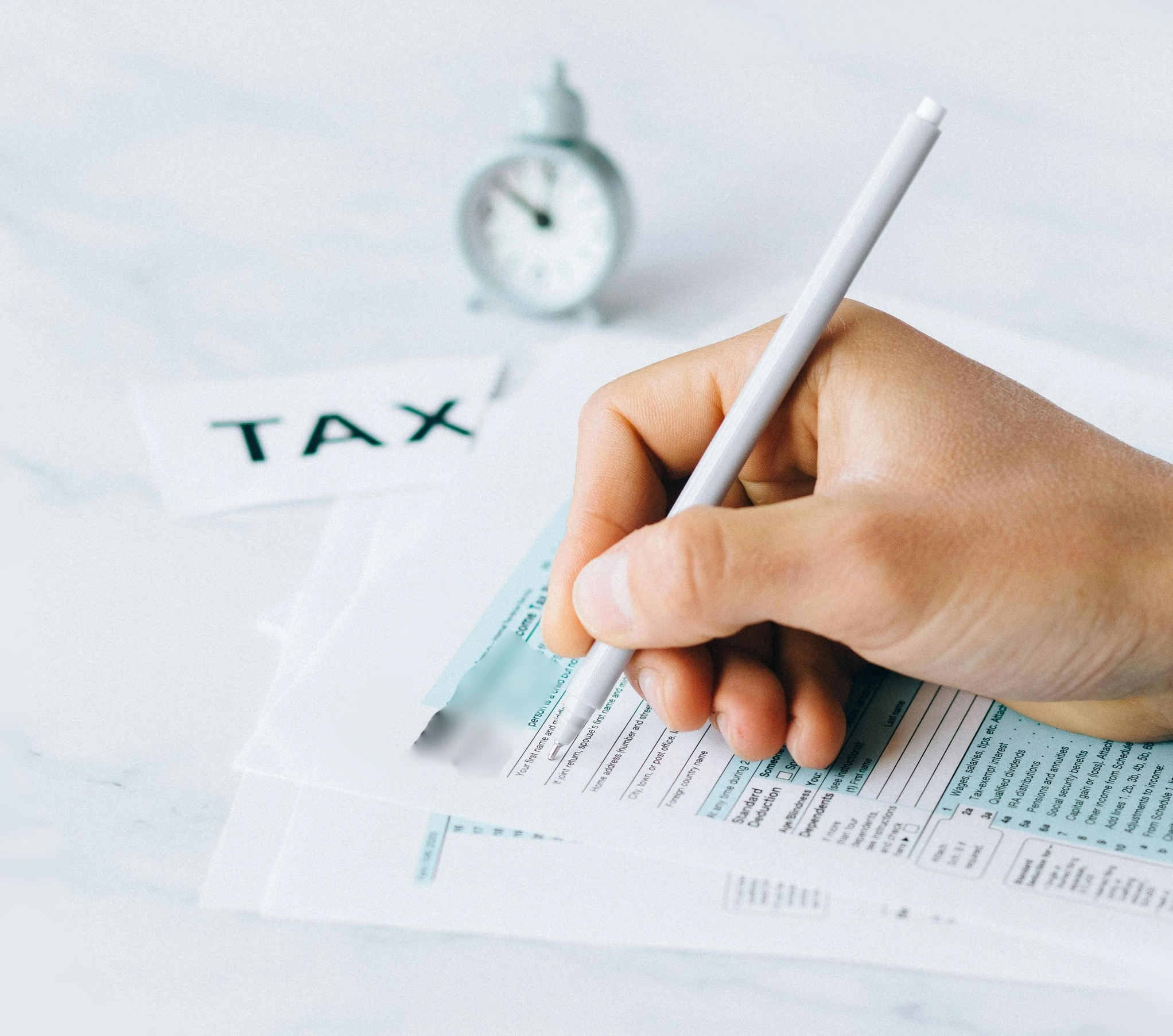
At YYC, we understand the importance of staying compliant with Singapore’s tax regulations while maximizing efficiency for businesses. Submitting GST (Goods and Services Tax) returns can seem like a daunting process, but with the right approach and guidance, it becomes straightforward and hassle-free.
Let us break it down into simple steps to ensure your GST submissions are accurate and on time.
1. Understand Your GST Obligations
GST is a consumption tax levied on the supply of goods and services in Singapore. Businesses with an annual taxable turnover exceeding S$1 million must register for GST. Once registered, you are required to:
- Charge GST on taxable supplies.
- File regular GST returns.
- Pay GST due to IRAS (Inland Revenue Authority of Singapore) or obtain refunds if you had paid more GST in your business, then you had charged your customers.
2. Prepare for Filing
Before you begin, ensure you have:
- Properly maintained accounting records and tax invoices.
- Accurate calculations of total sales, purchases, and expenses subject to GST.
- Access to IRAS’s myTax Portal, the online platform for submitting GST returns.
Pro Tip: Using a GST-compliant accounting system simplifies record-keeping and helps avoid errors.
3. Log into myTax Portal
Follow these steps:
- Visit the myTax Portal (iras.gov.sg).
- Log in using your CorpPass credentials.
- Navigate to GST > File GST Return (F5/F8) depending on your filing frequency.
4. Complete Your GST Return
You’ll be required to provide:
- The value of taxable supplies. (standard-rate, zero-rated & exempt supplies)
- The value of taxable purchases.
- Output tax due (the amount of GST your collected from your customers)
- Input tax and refunds claims (the amount of GST you paid to your suppliers)
In addition, you will also need to provide the following (where applicable):
- Value of goods imported under GST suspension schemes (e.g. Major Exporter Scheme. Approved 3rd Party Logistics Company)
- Value of tourist refund claimed
- Value of bad debts relief claims and/or refund for reverse charge transactions
- Pre-registration input tax claims (subject to satisfying certain conditions)
Further information will be required for certain businesses (e.g. electronic marketplace operators, businesses subject to reverse charge and suppliers of imported low-value goods).
Do ensure that the information provided is correct to avoid discrepancies, which could lead to penalties.
5. Submit Your Return on Time
GST returns are typically due one month after the end of the accounting period. Late submissions would result in:
- A late submission penalty of $200 for each outstanding return (capped at $10,000).
- Potential prosecution for non-compliance.
Set reminders or use e-invoicing software to track deadlines.
6. Pay GST or Claim Refunds
- If you owe GST, make payment through GIRO, bank transfer, or eNETS.
- If you are due a refund, IRAS will process it within 30 days if there are no issues with your submission.
Why Accurate GST Submission Matters
At YYC, we emphasize the importance of getting it right the first time. Accurate GST submissions ensure compliance and build trust with regulators while avoiding costly penalties.
By adopting a systematic approach, leveraging technology like e-invoicing solutions, and staying proactive with updates from IRAS, businesses can turn GST compliance into a seamless process.
Let YYC Support Your Compliance Journey
Struggling with GST compliance? At YYC, we empower businesses with Xpertise, Proactive Care, and Positive Xperience. Let us simplify your GST journey, so you can focus on growing your business.
Contact us today to explore how we can assist you in Singapore’s tax landscape!
